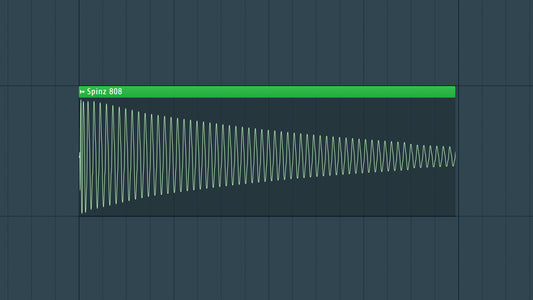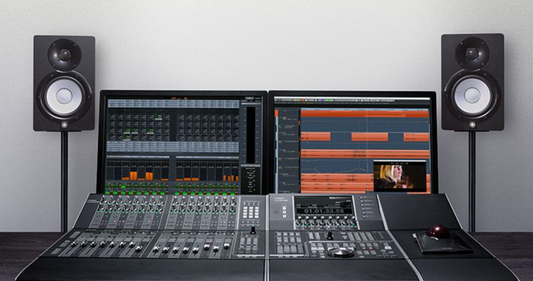Introduction
In audio production, understanding Loudness Units Full Scale (LUFS) has become essential for achieving consistent and balanced sound across various media platforms. LUFS is a standardized measurement that helps maintain a uniform loudness level, ensuring your music sounds great regardless of where it's played. In this blog, we'll delve into the intricacies of LUFS, exploring its significance, how it differs from other metrics, and practical applications in the world of audio engineering.
DOWNLOAD 20+ FREE SAMPLE PACKS - CLICK HERE

1. What Are LUFS?
1.1 Definition:
- LUFS, or Loudness Units Full Scale, is a measurement unit used to quantify perceived loudness in audio.
1.2 Dynamic Range vs. Loudness:
- LUFS focuses on perceived loudness, distinguishing it from metrics like peak and RMS that emphasize dynamic range.
2. The Importance of LUFS:
2.1 Consistent Playback:
- LUFS ensures your music maintains a consistent loudness level across various playback devices and platforms.
2.2 Broadcast Standards:
- Many broadcasting platforms, streaming services, and media outlets adhere to LUFS standards for content normalization.
3. LUFS vs. dBFS:
3.1 dBFS (Decibels Full Scale):
- Unlike dBFS, which measures the amplitude of a signal, LUFS considers how humans perceive loudness.
4. LUFS in Practice:
4.1 Streaming Platforms:
- Major streaming platforms like Spotify and Apple Music normalize tracks to a specific LUFS level, affecting perceived loudness.
4.2 Broadcasting:
- LUFS is crucial for meeting broadcasting standards, ensuring your content aligns with regulations and doesn't suffer from inconsistent loudness.
5. How to Measure LUFS:
5.1 Mastering Tools:
- Utilize mastering tools and software that provide LUFS measurement capabilities, allowing you to analyze and adjust loudness.
6. LUFS Targets:
6.1 Streaming Platforms:
- Familiarize yourself with the LUFS targets of popular streaming services to optimize your music for online platforms.
7. LUFS and Genre Considerations:
7.1 Dynamic Genres vs. Compressed Genres:
- Understand how LUFS targets may vary between dynamic genres like classical music and compressed genres like pop or electronic music.
8. LUFS and the Loudness Wars:
8.1 Moving Beyond the Wars:
- LUFS encourages a departure from the loudness wars, emphasizing balanced and dynamic mixes over excessive loudness.
9. LUFS Metering Tools:
9.1 Integrated vs. Short-Term LUFS:
- Familiarize yourself with integrated and short-term LUFS metering tools for a comprehensive analysis of your audio content.
DOWNLOAD 20+ FREE SAMPLE PACKS - CLICK HERE
Conclusion
In the evolving landscape of audio production, mastering the concept of LUFS is crucial for ensuring your music stands out in a competitive and diverse market. By embracing LUFS as a guide for achieving optimal loudness levels, you empower your creations to resonate authentically with listeners across various platforms. So, dive into the world of Loudness Units Full Scale, explore its nuances, and let your music shine with the clarity and consistency that LUFS can bring to your sonic endeavors.




